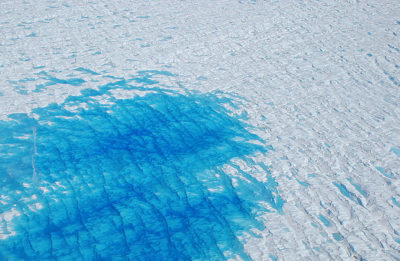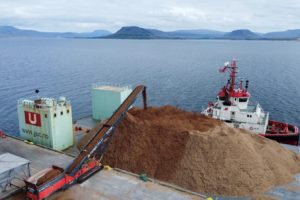The melting of the Greenland ice sheet has nearly doubled since the end of the 19th century and is currently melting at its fastest rate in at least 400 years, according to a new study published in the journal Geophysical Research Letters. The research finds the largest driver of this melting has been an increase in summer temperatures of about 1.2 degrees Celsius (2.2 Fahrenheit) since the 1870s.
“If we’re going to make accurate predictions of sea level rise, we have got to understand how Greenland responds to warming,” study co-author Erich Osterberg, a climate scientist at Dartmouth College, told E&E News.
The scientists used satellite observations, ice models, and ice cores to measure melting trends. While icebergs have increasingly been breaking off the edges of the Greenland ice sheet, the new research finds surface melting accounts for more than half of Greenland’s ice loss.
The scientists warned that the quickening pace of melting demonstrates that longer-term global warming could have disastrous impacts on the ice sheet and result in significant sea level rise. The Greenland ice sheet contains about 8 percent of the ice on earth, and if all of it were to melt in the coming centuries, global sea levels would rise by 20 feet. (The Antarctic ice sheet contains roughly 90 percent of the earth’s ice.)
“Essentially, the weather patterns that control these year-to-year changes become less and less important when you look over longer time scales,” Osterberg said. “Several decades into the future, the long-term warming trend from greenhouse gases — that’s going to dominate the signal.”



